Curtis McCully
Interactive Segmentation and Visualization for Tiny Objects in Multi-megapixel Images
Apr 21, 2022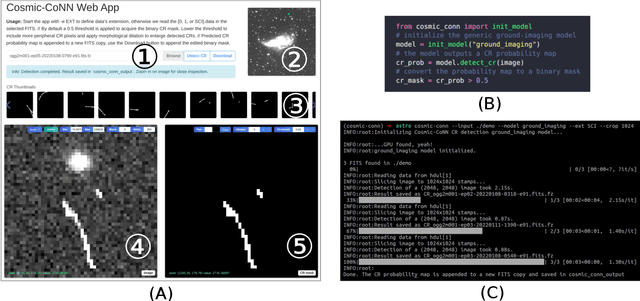

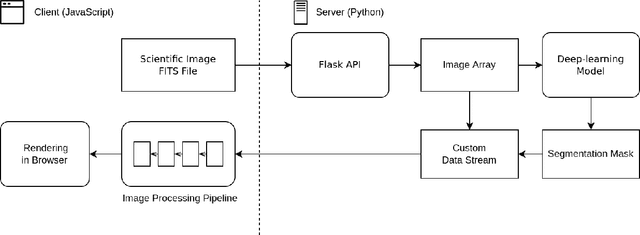
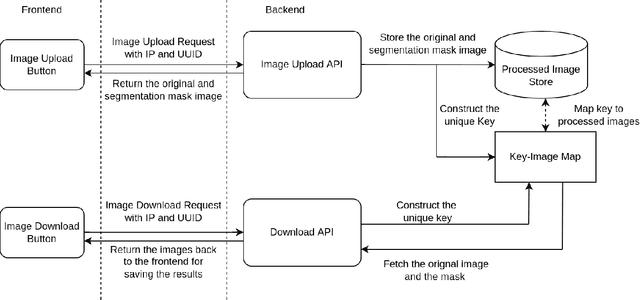
Abstract:We introduce an interactive image segmentation and visualization framework for identifying, inspecting, and editing tiny objects (just a few pixels wide) in large multi-megapixel high-dynamic-range (HDR) images. Detecting cosmic rays (CRs) in astronomical observations is a cumbersome workflow that requires multiple tools, so we developed an interactive toolkit that unifies model inference, HDR image visualization, segmentation mask inspection and editing into a single graphical user interface. The feature set, initially designed for astronomical data, makes this work a useful research-supporting tool for human-in-the-loop tiny-object segmentation in scientific areas like biomedicine, materials science, remote sensing, etc., as well as computer vision. Our interface features mouse-controlled, synchronized, dual-window visualization of the image and the segmentation mask, a critical feature for locating tiny objects in multi-megapixel images. The browser-based tool can be readily hosted on the web to provide multi-user access and GPU acceleration for any device. The toolkit can also be used as a high-precision annotation tool, or adapted as the frontend for an interactive machine learning framework. Our open-source dataset, CR detection model, and visualization toolkit are available at https://github.com/cy-xu/cosmic-conn.
Cosmic-CoNN: A Cosmic Ray Detection Deep-Learning Framework, Dataset, and Toolkit
Jun 28, 2021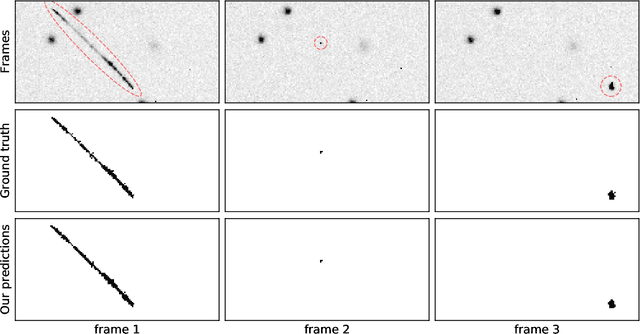

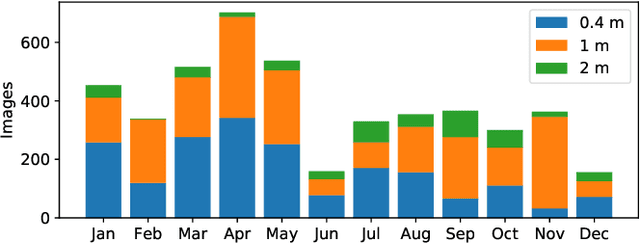
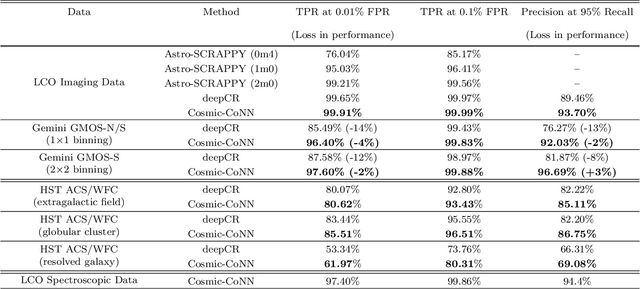
Abstract:Rejecting cosmic rays (CRs) is essential for scientific interpretation of CCD-captured data, but detecting CRs in single-exposure images has remained challenging. Conventional CR-detection algorithms require tuning multiple parameters experimentally making it hard to automate across different instruments or observation requests. Recent work using deep learning to train CR-detection models has demonstrated promising results. However, instrument-specific models suffer from performance loss on images from ground-based facilities not included in the training data. In this work, we present Cosmic-CoNN, a deep-learning framework designed to produce generic CR-detection models. We build a large, diverse ground-based CR dataset leveraging thousands of images from the Las Cumbres Observatory global telescope network to produce a generic CR-detection model which achieves a 99.91% true-positive detection rate and maintains over 96.40% true-positive rates on unseen data from Gemini GMOS-N/S, with a false-positive rate of 0.01%. Apart from the open-source framework and dataset, we also build a suite of tools including console commands, a web-based application, and Python APIs to make automatic, robust CR detection widely accessible by the community of astronomers.
 Add to Chrome
Add to Chrome Add to Firefox
Add to Firefox Add to Edge
Add to Edge